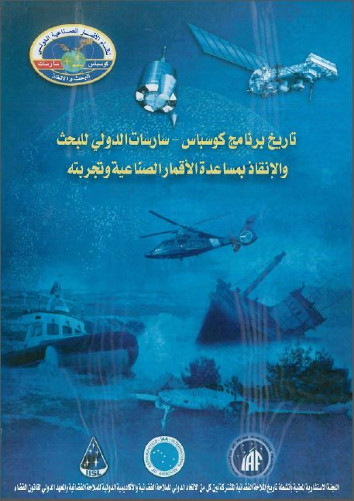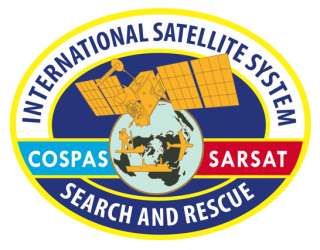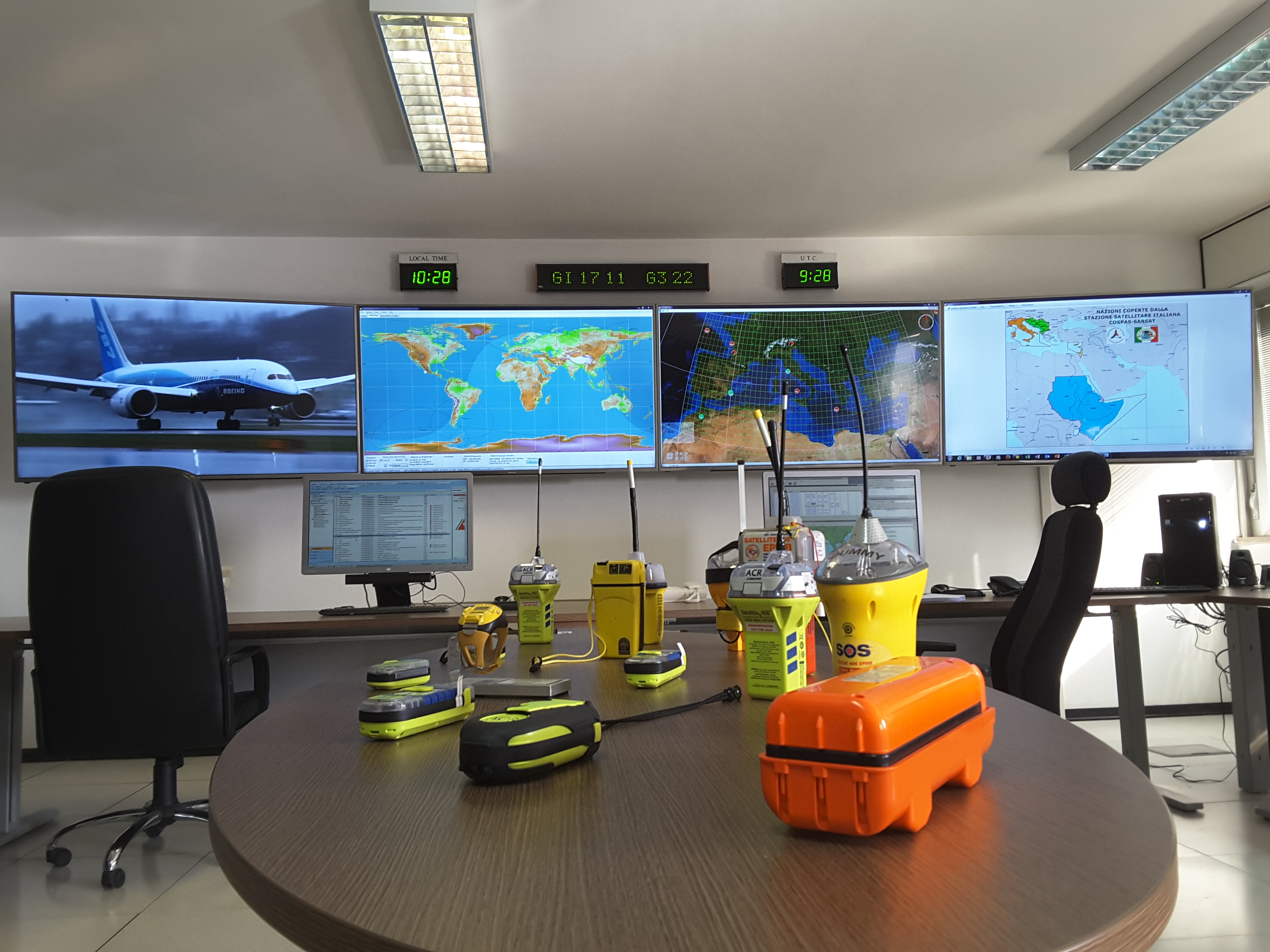Click here to read the full article: 2018-02-20 Commander Dell’Olio leaves after serving as head of the Italy Cospas-Sarsat Satellite Station for thirteen years
Author: kevin
-
2018-02-27 CSC-59 Open Meeting
The 59th Session of the Cospas-Sarsat Council was held in Montréal, Canada from 5 to 8 February 2018. Mr. Andrey Kuropyatnikov (Russian Federation) chaired the meeting.
139 delegates representing 30 Cospas-Sarsat Participants, four Observer Organizations, and the Secretariat took part in the meeting.
-
2018-02-27 Crash Exercise in Senegal
(From the Radio Team Association at the Service of the Civilian Security (ADRASEC) in Senegal)
On Saturday 27 January 2018, a Civilian Security exercise was held in the region of Thies, Senegal, simulating the disappearance of a small airplane from the Senegal airspace, and initiating the appropriate search and rescue procedures to find the wreck and assist the persons in distress.
The main goal of this event was to allow the civilian authorities and the military forces to highly cooperate in a three-hour test of their emergency plan for an airplane crash that had a transmitting Cospas-Sarsat 406-MHz beacon.
The “crash” was supposed to have occurred in a rectangular area delimited by the towns of Popomguine, Sindia, Nguekhokh, and Ngaparou in Senegal; however, to make the exercise as realistic as possible, the real coordinates of the crash site and the associated 406-MHz beacon remained unknown to the SAR authorities.
The scenario was as follows:
8:30: Take-off of the Cessna 6VAIR from Tambacounda, destination Dakar, Senegal.9:30: Approaching Dakar, the pilot radioed to air traffic control about his intention to perform an emergency landing on the airfield due to engine troubles; however, no further information was received.
9:45: Some minutes after the “crash”, the Cospas-Sarsat Spanish Mission Control Centre (SPMCC) in Maspalomas sent RCC Dakar an alert message with a location of the 406-MHz beacon and the information that the device was equipped with an auxiliary 121.5-MHz transmitter.
9:55: The Ground Forces were tasked with a Search and Rescue mission, including the location of the distress beacon.
10:13: A weak signal was heard on 121.5 MHz by the Radio team #1, confirming a first direction for finding the beacon.
11:32: Thanks to using several homing devices to triangulate the position from a number of directions, the beacon was finally located and the people on board “saved”.
Complementary information (FR) is available at: https://youtu.be/owJNGs_E7_4
-

2018-02-27 French and Arabic translations available for History of the Cospas-Sarsat Programme
Note that French and Arabic versions are now available of the History document commissioned and published in 2017 by the International Astronautical Federation (IAF).
The document, “The History and Experience of the International Cospas-Sarsat Programme for Satellite-Aided Search and Rescue” was commissioned by the IAF/IAA/IISL Advisory Committee on History Activities, and edited by Daniel Levesque, former Head of Cospas-Sarsat Secretariat.
The English, French, and Arabic versions may be accessed from this page:
http://www.cospas-sarsat.int/en/documents-pro/history-and-experience-of-the-programme -
2018-03-19 Helicopter hovers over residence while mis-activated beacon’s owner cleans boat
The residents at the property said they could not understand why a rescue helicopter was hovering over their property for some time.
Members from the Coast Guard used a hand-held radio detection finder to locate the activated EPIRB on a residential property in the area.
It was discovered that while the owner was cleaning and conducting maintenance on a boat at home and the EPIRB had been inadvertently activated.
Read more on the story here: https://www.themorningbulletin.com.au/news/cq-locals-unaware-they-sparked-multiple-search-and/3365165/
and
learn what to do if a beacon is activated by mistake here: https://www.cospas-sarsat.int/en/beacon-ownership/inadvertent-alerts -
2018-03-19 South Central Data Distribution Region meeting
Participants from the Cospas-Sarsat Mission Control Centres (MCCs) in Algeria, Qatar, Saudi Arabia and the United Arab Emirates and the Secretariat attended the South Central Data Distribution Region meeting hosted by nodal MCC Spain from 13-15 March 2018.
Excellent facilities and a cooperative spirit led to a very productive meeting.

-
2018-03-23 Rescued twice in seven months kayaking around New Zealand
The kayaker was unable to make it through the waves to the beach, and had to set off his personal locater beacon to summon help.
By the time rescuers got to him, “He’d been bounced around in the swell for about three hours.”
He spent 30 minutes in the water and was extremely hypothermic, letting go of his capsized vessel when rescuers arrived.
Read more here:
http://www.nzherald.co.nz/nz/news/article.cfm?c_id=1&objectid=12018237 -
Beacon Maintenance
406-MHz distress beacons are safety-of-life devices. They are complex radio transmitters and their proper functioning in an emergency depends on proper maintenance. You MUST maintain your 406-MHz distress beacon in accordance with the instructions of the manufacturer. For aviation ELTs and marine EPIRBs, the requirements and procedures for maintenance of beacons and their external components are generally subject to national regulations or international standards. Beacon maintenance requirements also may be regulated by local authorities. Typically, maintenance procedures include, but are not limited to:
- Periodic physical inspections,
- Periodic beacon self-tests,
- Battery replacement accordingly to manufacturer instructions,
- Periodic technical inspection and service by a service center approved by the beacon manufacturer agents.
It is important that beacon owners perform regular visual inspections of their beacons to look for physical damage, such as cracks or corrosion, in the case or other parts which could cause false activation of the beacon and/or cause the beacon to fail when activated in a real emergency.
The beacon self-test feature, which is described in the beacon owner’s manual, is designed to verify proper operation of beacon electronics by checking all key features, including the radio transmitter and battery. Beacon self-tests can be performed by the beacon owner. Self-tests should be performed at regular time intervals, as recommended by the beacon manufacturer. Immediately contact the beacon manufacturer if a self-test indicates a failure. Avoid conducting self-tests more frequently than recommended by the manufacturer, unless you have reason to suspect a problem with a beacon. For battery-powered beacons, activating the beacon self-test consumes a small amount of the beacon’s battery energy. Therefore, excessive self-test activations may prematurely deplete the beacon battery, causing inadequate battery performance in an emergency.
Battery replacement must be performed no later than the date indicated on the beacon label, or after activation in an emergency. During each routine inspection, verify the time remaining until replacement is required. You may also need to replace the battery earlier than indicated on the label if you have conducted an excessive number of self-tests. A healthy battery is necessary to ensure proper functioning, and sufficient operating life, of a beacon if it is activated in an emergency.
Always use replacement batteries that have been approved as a part of the original Cospas-Sarsat type approval, and as directed by the beacon manufacturer or one of its approved service centers. Use of after-market batteries not approved by the manufacturer (purchased, for example, from some on-line vendors) could result in inadequate beacon performance during an emergency.
If you have questions about the maintenance of, or battery replacement for, your beacon, please consult the beacon manufacturer using contact information in the user manual. You also may find contact information for beacon manufacturers on the “Contact Lists” tab of our Professionals home page.
-
Disposal of Old Beacons and Old Batteries
At the end of a beacon’s service life, it must be disposed of carefully to prevent false alerts. False alerts could divert limited search-and-rescue resources from a real emergency, putting other lives at risk.
If you decide to dispose of an old, unneeded beacon you need to be careful to take certain steps. Do NOT merely toss the beacon in a garbage or rubbish bin. If you do this, over time the casing and electronics could degrade, possibly causing the beacon to begin transmitting a false alert from, for example, a garbage heap. Instead you must have the battery removed, you must have the beacon clearly labeled on the outside that it has been deactivated (so that no one mistakenly tries to use it in a real emergency), AND you must update your information in the registration database to indicate that you have disposed of the beacon.
Beacon batteries contain chemically-aggressive substances which could be hazardous to the environment and cause injury. Always handle batteries in accordance with manufacturer instructions and local disposal regulations.
When possible, the components of your old beacon and old beacon batteries should be recycled at an appropriate recycling facility. For more specific advice consult the beacon manufacturer using contact information in the user manual. You also may find contact information for beacon manufacturers on the “Contact Lists” tab of our Professionals home page.

